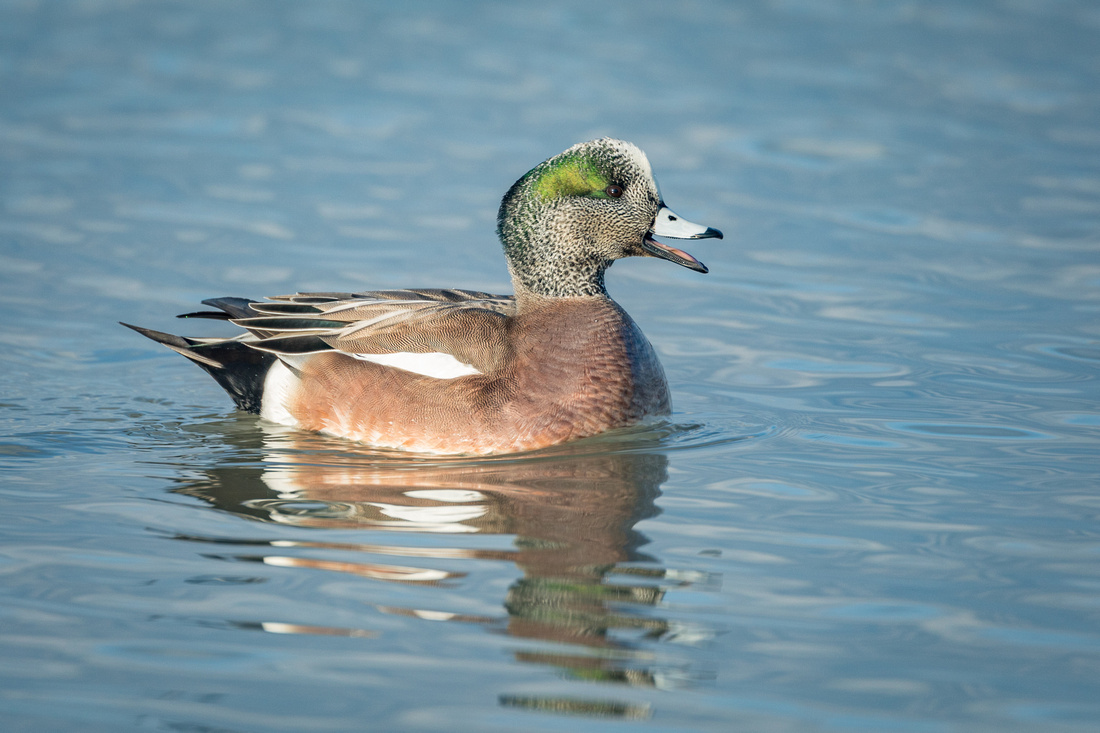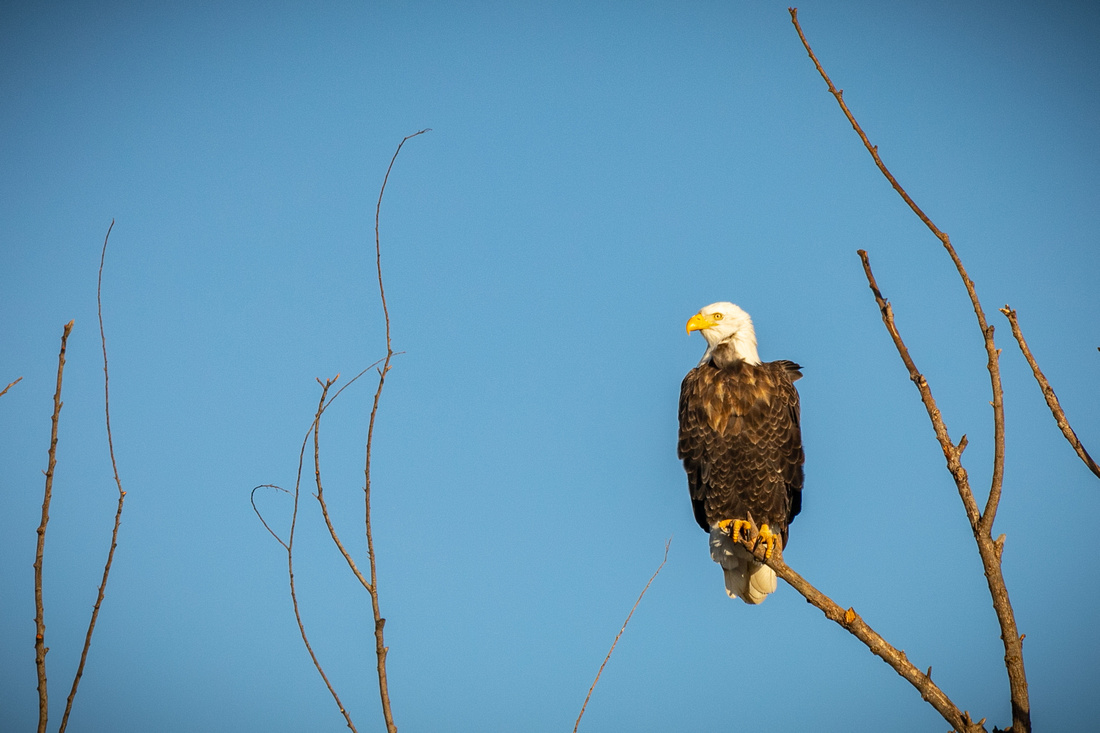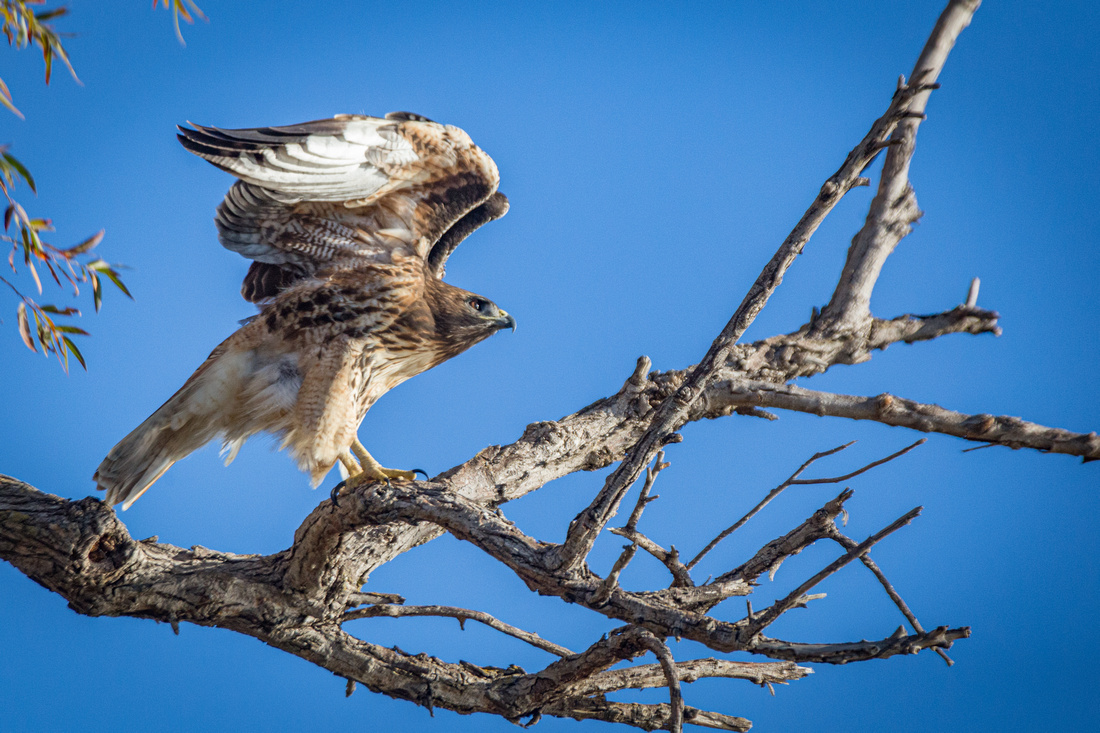Using your vehicle as a photography blind
Using your vehicle as a photography blind
Text and photos by Heather Cline
 
American Widgeon (male), Sacramento National Wildlife Refuge |
One of the biggest obstacles to capturing great wildlife images is getting close enough to them to get a good quality image. Birds in particular will not typically allow you to get close if approaching on foot. Some solutions to overcoming this obstacle is to purchase a longer telephoto lens, use a mobile photography blind, or use your vehicle as a blind. In many locations, wildlife have become acclimated to vehicles, so using your vehicle as a blind can be highly effective.
I have personal experiences of walking on wetland trails within wildlife refuges and seeing every bird within 200 yards immediately disperse and fly away. Not only does this ruin any chance of capturing a good image, it also affects their behavior, which could impact their feeding, nesting, or safety.
Snow Geese, Sacramento National Wildlife Refuge
This article covers several aspects of using your vehicle as a photography blind.
Benefits
- Your vehicle allows you to remain comfortably seated
- Birds and wildlife have become accustomed to vehicles, allowing you to get much closer to them than you would on foot.
- Photographing from your vehicle is less likely to spook wildlife. This is beneficial for them and you.
Raven, Yosemite National Park
Camera and lens support
When you find yourself in a wildlife hotspot, you may be there for a while and you want to be able to comfortably photograph while remaining inside your vehicle. Having something to rest a long heavy telephoto lens on helps keep the camera steady to get a sharp photo. Setting up a tripod inside your vehicle isn’t a realistic option. Window supports, on the other hand, can help improve comfort, steadiness, and your ability to get the sharpest images.
Bald Eagle, Sacramento National Wildlife Refuge
Here are a few different options:
- Window mount: these are manufactured specifically for photographing from your vehicle. They clamp down on your door or window. They are sturdy enough for long lenses and allow for slow shutter speeds when needed, but they are pricey and require more set up time. Wildlife never waits around for photographers!
- Bean bag: you can purchase these for as little as $20 or go crazy with a $200 model. You can also make your own. No matter which option you choose, you must also purchase material to fill the beanbag. You can use anything from beans, rice, sunflower seeds, or buckwheat hulls.
- Foam pipe insulation: this is the insulation you can buy at hardware stores to protect your water pipes from freezing in the winter. These have a slit on one side that you can slide over your window and rest your lens. These are by far the cheapest option at under $3 for several feet, which gives you about 3 sections. These are easy to use, easy to store, and allow you to raise and lower your window to the height that is most beneficial for the subject. I have heard of people using pool noodles as well.
Pronghorn, Tetons National Park
How
The trick to getting good photos from your vehicle is to set up before you are right on them. Even though wildlife is relatively comfortable with your vehicle, they can still see and hear you, and can still spook with sudden movements.
- When I arrive in an area that looks promising, I’ll get my camera ready and check the settings. Then, I roll down my windows and turn off my headlights.
- If I am driving along a loop road, such as those in wildlife refuges, I’ll keep my camera on my lap or next to me for quick retrieval.
- Assuming I am in an area where it is safe to do so, I drive very slowly to avoid sudden stops. Driving very slow will often allow you to get closer to birds and wildlife. I’ll also fold my mirrors in so they don’t obstruct my view.
- Once I spot a subject, I’ll typically put my vehicle in neutral and roll to a stop. I’ve noticed an improvement in animals staying put when I do this as opposed to putting on my brakes. I’ve heard recommendations to turn off your vehicle while you are shooting because the engine vibrations can affect the image. Perhaps my vehicle makes a lot of noise when I shut off the engine but I’ve found birds will often fly away when I do this so I use the neutral method when I’m on a flat road and just sit in idle while I shoot. With today’s advanced cameras, I am able to shoot at higher ISO’s and shutter speeds and have not experience issues with soft focus from vibrations.
- If I need my camera to be higher than the door, I simply roll up the window and rest my lens on the foam pipe insulation.
- This goes without saying, but you never want to obstruct traffic. I can’t tell you how many times I have been to a National Park and come upon stopped cars on the road. It’s so unsafe and discourteous to fellow park visitors.
- Finally, please don’t get out of your car. That is a sure fire way to cause the animal to flee. If other photographers are around and you do this – you have just made some instant enemies.
Red Tail Hawk, Greylodge Wildlife Area
Bonus Tips
- It’s still a good idea to bring your tripod along in case there are areas where you can photograph on foot, such as viewing platforms.
- If you want to get really stealth, you can drape some camo material over your vehicle window, cut a hole and put your lens through. I haven’t tried this yet.
- If you are photographing in the winter months, driving with your windows open can get a little chilly. Dress appropriately. I wear layers so I can add or remove based on the temperature. Hand warmers are nice little luxury too. If you have heated seats – I am extremely jealous!
- Open windows also means nature can come in - and by nature - I mean bugs. If you apply insect repellent before you arrive, it should help reduce their impact, but some are going to fly in no matter what. It’s all part of the fun. Note: insect repellent often contains DEET which will damage your camera housing so make sure you wipe your hands down after applying.
Lion Cubs, Tanzania
I hope this post has given you some good information to use your vehicle as a photo blind. If you haven’t tried it yet, give it a shot. You will be pleasantly surprised at the rewards and the animals will thank you too!





